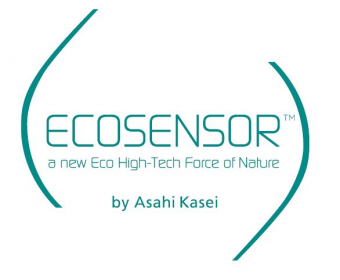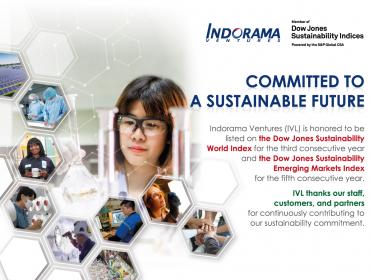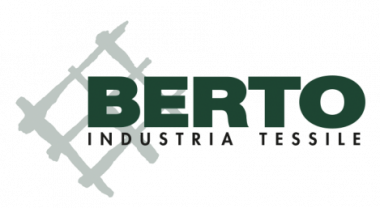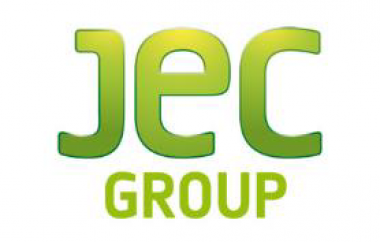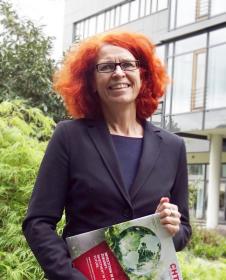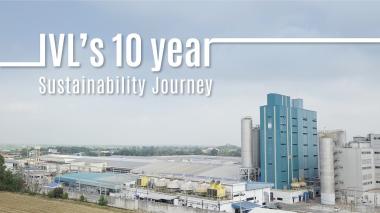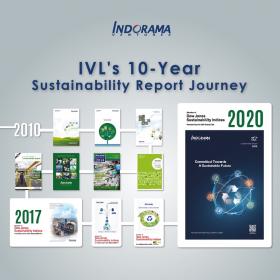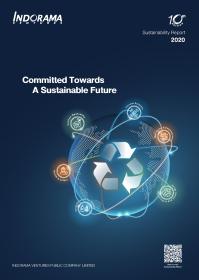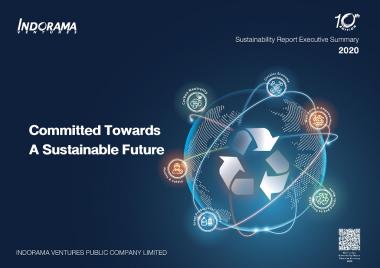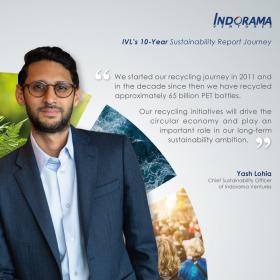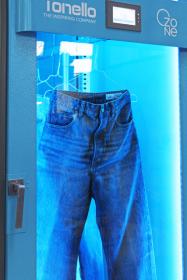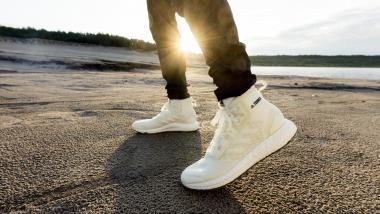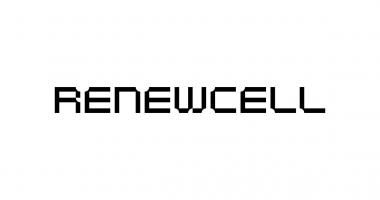Sappi investiert in Papierfabrik auf dem Weg zur Dekarbonisierung
Sappi hat eine Investition in die Papierfabrik Kirkniemi in Lohja, Finnland, genehmigt, die eine Umstellung der Energieproduktion auf erneuerbare Bioenergie ermöglicht. Mit dieser Investition werden die direkten Treibhausgasemissionen aus fossilen Brennstoffen der Papierfabrik um ca. 90 Prozent reduziert, was 230.000 Tonnen Kohlendioxid pro Jahr entspricht.
Das Projekt, das Anfang 2023 abgeschlossen sein soll, wird einen wichtigen Beitrag zum Dekarbonisierungsplan von Sappi Europe leisten, da es den Ausstieg aus der Kohle in einer der letzten Anlagen ermöglicht, die teilweise mit diesem Brennstoff arbeiten. Die Biomasse wird dann in dem 2015 gebauten Mehrstoffkessel von Kirkniemi verwendet. Mit diesem Schritt kommt Sappi seinen Zielen für 2025 näher, zu denen die Reduzierung der spezifischen Treibhausgasemissionen (Scope 1 und 2) um 25 Prozent und die Erhöhung des Anteils erneuerbarer Energien auf 50 Prozent in Europa im Vergleich zu 2019 gehören.
Die Investition dient der Errichtung von Anlagen, die für die Annahme, Lagerung und Verarbeitung von holzartiger Biomasse wie Rinde, Sägemehl und Hackschnitzel für die Biokraftstoffproduktion benötigt werden. Diese Arten von Biomasse sind Nebenprodukte der forstbasierten Industrie, und ihre Nutzung zur Energieerzeugung führt zu einer weiteren Aufwertung der Ressource Wald.
Neben der Erhöhung des Anteils an erneuerbaren Energien konzentrieren sich die Sappi-Papierfabriken auch auf die Senkung des Energieverbrauchs. Das Sappi-Werk Kirkniemi ist Mitglied der nationalen Energieeffizienz-Vereinbarung Finnlands und erreicht konsequent seine Energiesparziele. Die ISO 50001-Zertifizierung von Kirkniemi ist ein weiterer Beweis für die systematische Verbesserung der Energieeffizienz des Werks.
Sappi Europe






